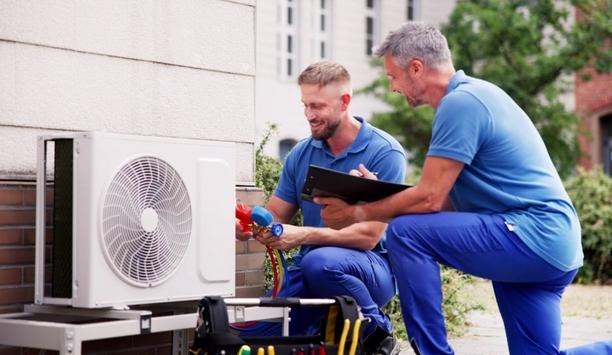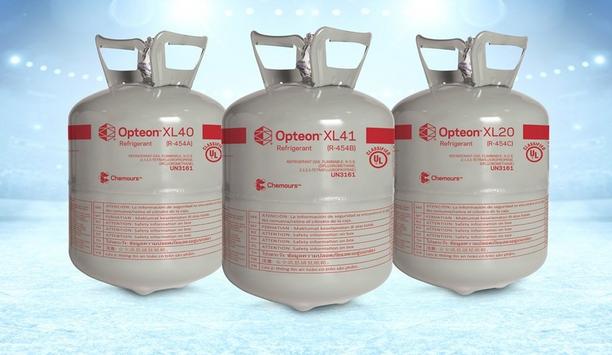Advanced heating, ventilation, air-conditioning, and refrigeration (HVACR) systems have always been essential to healthcare. However, the need for clean, fresh air at the right temperature and humidity within clinical settings has never been made clearer during the COVID-19 pandemic.
It illustrated the importance of effective HVACR systems in healthcare due to their ability to improve air quality, patient outcomes, and infection control measures.
The need for change
Many current HVACR systems are outdated. Their reliance on direct on-line motor connection and mechanical methods to regulate fans, pumps, and compressors leads to inefficient energy use, generating higher costs.
However, switching from manual methods to variable speed drives (VSDs) to regulate motor speeds can save as much as 25% in HVACR energy use, reducing operational costs in the process, and improving air quality control. The adoption of advanced ultra-low harmonic VSDs also improves power network reliability and efficiency.
variable speed drives (VSDs)
There’s the added benefit that the facility can save on the capital costs of the equipment and space
VSDs also play a pivotal role in expanding the design capabilities of HVACR. One key advantage is their ability to over-speed fans within the system to cover higher loads than the system was designed for.
This flexibility allows them to operate in extreme conditions and still meet the needs of the facility, without installing significantly oversized systems to cover these rare peak loads. There’s the added benefit that the facility can save on the capital costs of the equipment and space where it is installed.
The challenge of harmonic distortion
While newer healthcare facilities may already be equipped with HVACR systems controlled by VSDs, older facilities may require significant upgrades. Some VSDs can introduce unwanted electrical disturbances to the facility network, called harmonics, which affect the performance of electrical equipment and lead to higher energy losses.
Harmonics increase line current, meaning that when fitting VSDs, power cables, and other components might need to be re-sized to be able to accommodate it.
Filtering and control mechanisms
Advanced ultra-low harmonic VSDs are designed to mitigate the impact of harmonics on electrical systems
To address this issue, advanced ultra-low harmonic VSDs are designed to mitigate the impact of harmonics on electrical systems. Ultra-low harmonic VSDs incorporate sophisticated filtering and control mechanisms to reduce harmonic distortion, ensuring the reliability and efficiency of electrical infrastructure within healthcare facilities, including medical equipment used to treat patients.
They also mitigate the need for a larger refit and higher maintenance costs, while ensuring compliance with regulatory standards governing harmonics and electrical quality.
Understanding the crucial role of air quality
Maintaining high air quality standards within hospitals is essential to minimize the risk of healthcare-associated infections (HAIs) and ensure the safety of both patients and medical staff. Poor air quality can lead to higher concentrations of bacteria, viruses, and fungi in the air, significantly increasing the risk of HAIs.
These infections can lead to prolonged hospital stays, compromising patient safety, and further increasing healthcare costs for patients and providers. This is exactly what the COVID-19 pandemic highlighted.
Regulatory standards and guidelines
Only advanced ventilation systems controlled by VSDs can fully deliver what’s required
Given these significant risks associated with poor air quality, healthcare facilities are subject to stringent regulatory standards and guidelines governing indoor air quality.
Compliance with these standards is essential, and only advanced ventilation systems controlled by VSDs can fully deliver what’s required.
Breathing easier
In conclusion, advanced HVACR systems controlled by ultra-low harmonic VSDs are essential for healthcare facilities seeking to improve air quality and provide a healthier environment for patients and staff. They also enhance energy efficiency and optimize associated costs, while ensuring compliance with regulatory standards.
Adopting these advanced drives offers improved medical equipment reliability, as they take care of power quality and minimize electrical disturbances in the facility's power network. Ultimately that leads to better patient outcomes and hospital operational efficiency.


















